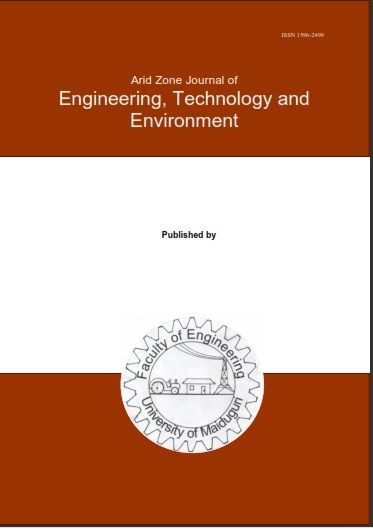Abstract
The analytical study of single- and double-layer coating system for controlled drug releasing orthopedic implants using differential transform method has been presented. Drug release when transported across single- or double-layer boundaries have the potentials of smart fluid properties which can be controlled by various parameters. In the present study, the developed governing model for single- or double-layer coating system for controlled drug-releasing orthopedic implants is a set of coupled partial differential equations for the unsteady diffusion processes with intractable solution. Hence, the solution was obtained with Differential Transform Method and was validated with both Runge-Kutta Order four numerical scheme and experimental results. Good agreement was established among them. The effects of thickness ratio, diffusion period, porosity term, and effective diffusion coefficient on concentration profile are investigated. From the obtained results, it was observed that increase in the interface layer thickness ratio d of 0.2 to 0.8 resulted in decrease from 1 to 0 (zero) in the concentration profiles for all the different dimensionless durations considered. In addition, augmentation of two (2) layers of varying thickness ratio from d = 0.2 to 0.8 in the release parameter resulted in a decrease in the concentration profile to 0 (zero) for the three cases of thickness ratios. The studies show that effective diffusion coefficients for a period of five (5) seconds increases from 0 to 100% is the dominant parameter in the model and so provides considerable flexibility for design process. Hence, the developed model and the obtained solutions provide the benchmark for the optimized and enhanced control of drug-releasing orthopedic implants.

This work is licensed under a Creative Commons Attribution-NonCommercial-NoDerivatives 4.0 International License.
Copyright (c) 2025 ARID ZONE JOURNAL OF ENGINEERING, TECHNOLOGY AND ENVIRONMENT

